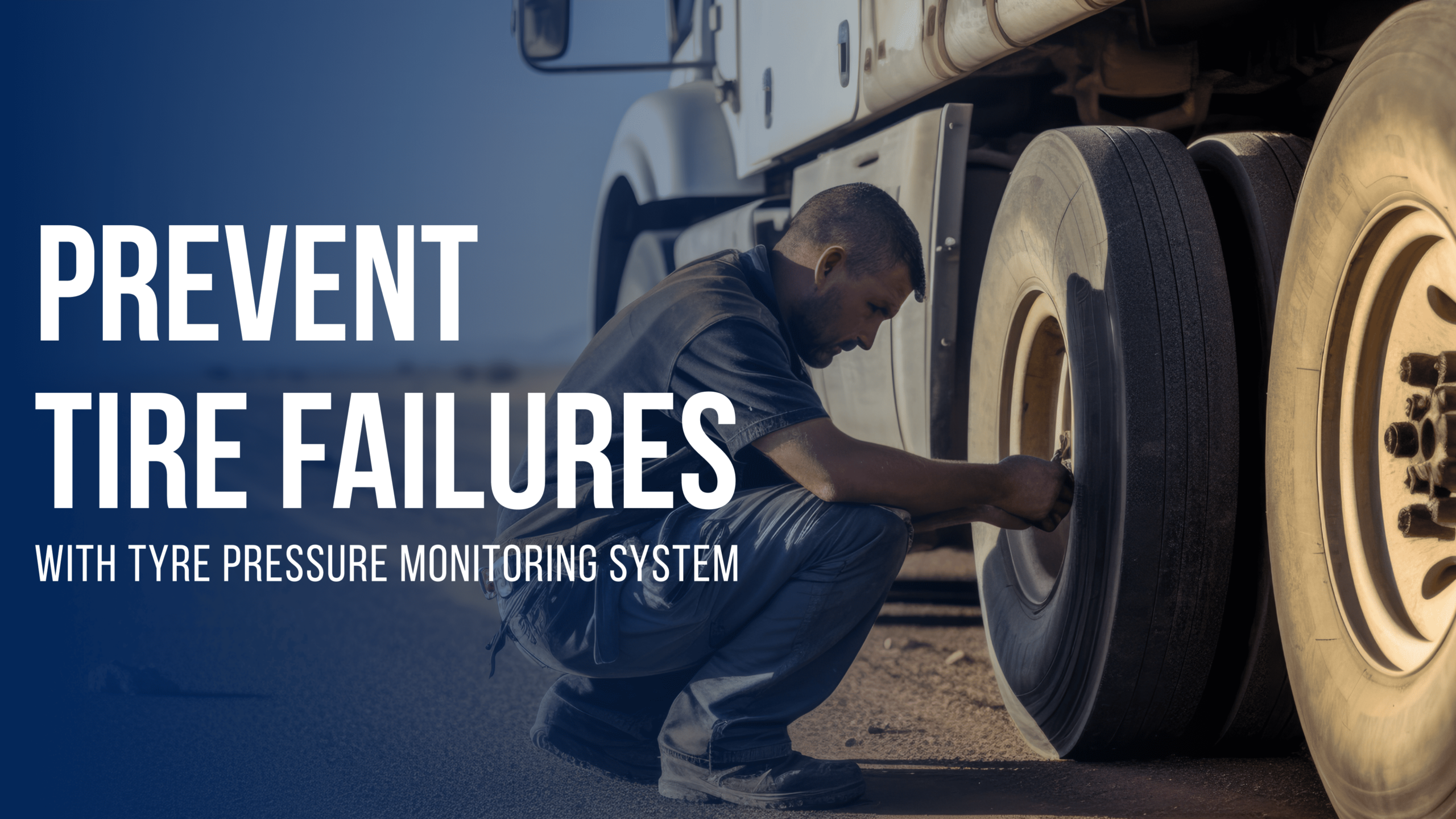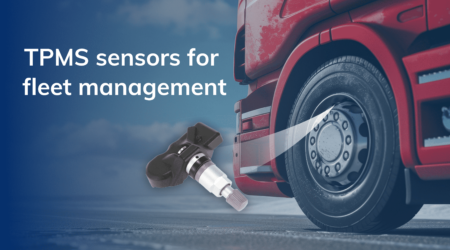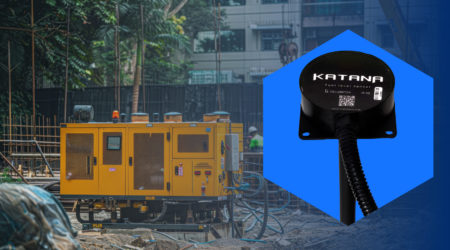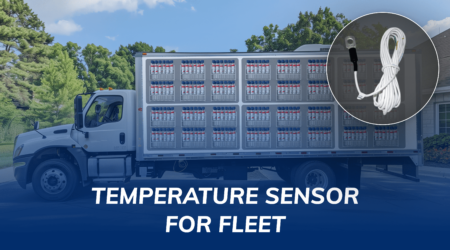How Installing TPMS Sensors Prevents Tire Failures and Reduce Losses

Real-Life Scenario Highlighting the Importance of TPMS
Imagine a big logistics company running a fleet of delivery trucks. One of their trucks was traveling on a busy highway when the driver noticed a sudden loss of control. The truck swerved dangerously, almost hitting other vehicles. Pulling over, the driver found that one of the tires had blown out because it was under-inflated.
Preventing Accidents and Improving Safety
Installing TPMS sensors could have alerted the driver to the low tire pressure well before the blowout happened. By getting an early warning, the driver could have pulled over safely, checked the tires, and inflated them to the right level, thus preventing the blowout and the accident. This proactive step would have saved the company from costly repairs and possible legal troubles.
Saving Lives and Reducing Injuries
In another incident, a passenger bus had a tire blowout while carrying a full load of passengers. The blowout caused the bus to lose control, leading to a tragic accident with many injuries and deaths. If the bus had been equipped with TPMS, the system could have given the driver real-time alerts about the low tire pressure. With this information, the driver could have taken action, like stopping the bus and fixing the tire problem before it got worse. This could have avoided the blowout, preventing the tragic accident, saving lives, and reducing injuries.
Reducing Financial Losses
Another example involves a long-haul truck transporting goods across states. Due to low tire pressure, the tires began to overheat, leading to a blowout. This caused the truck to veer off the road, damaging the cargo and the truck itself. The incident resulted in big repair costs, cargo losses, and delayed deliveries, hurting the company’s reputation and financial standing. With TPMS, the low pressure would have been detected early, allowing the driver to fix the issue before the tires overheated and burst. This timely action could have prevented the blowout, avoiding cargo damage, repair costs, and delayed deliveries. Additionally, keeping the right tire pressure helps in extending tire life, improving fuel efficiency, and reducing maintenance costs.
 Benefits of Installing TPMS
Benefits of Installing TPMS
- Improved Safety: By giving real-time alerts about tire pressure issues, TPMS allows for quick actions, preventing blowouts and accidents. This improves the overall safety of both drivers and passengers.
- Cost Savings: Proper tire maintenance through TPMS leads to fewer unexpected repairs, reduced downtime, and lower maintenance costs. Companies can save a lot on repair and replacement expenses.
- Better Fuel Efficiency: Keeping the right tire pressure reduces rolling resistance, leading to better fuel economy and lower fuel costs. This also helps the environment.
- Longer Tire Life: Properly inflated tires wear more evenly, extending their lifespan and reducing the need for replacements.
- Reputation Management: Preventing accidents and ensuring timely deliveries helps in maintaining a company’s reputation, leading to better customer satisfaction and potential business growth.
Conclusion
Installing TPMS sensors is a smart step towards improving safety, preventing tire failures, and reducing financial losses. This technology can transform fleet management by ensuring safer and more cost-effective operations, benefiting both drivers and businesses.
 Benefits of Installing TPMS
Benefits of Installing TPMS


